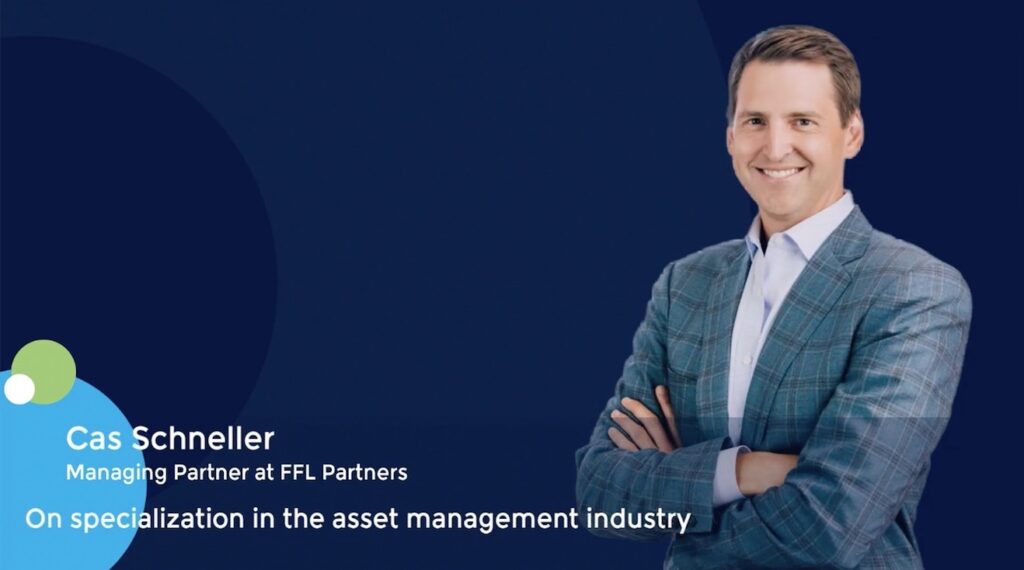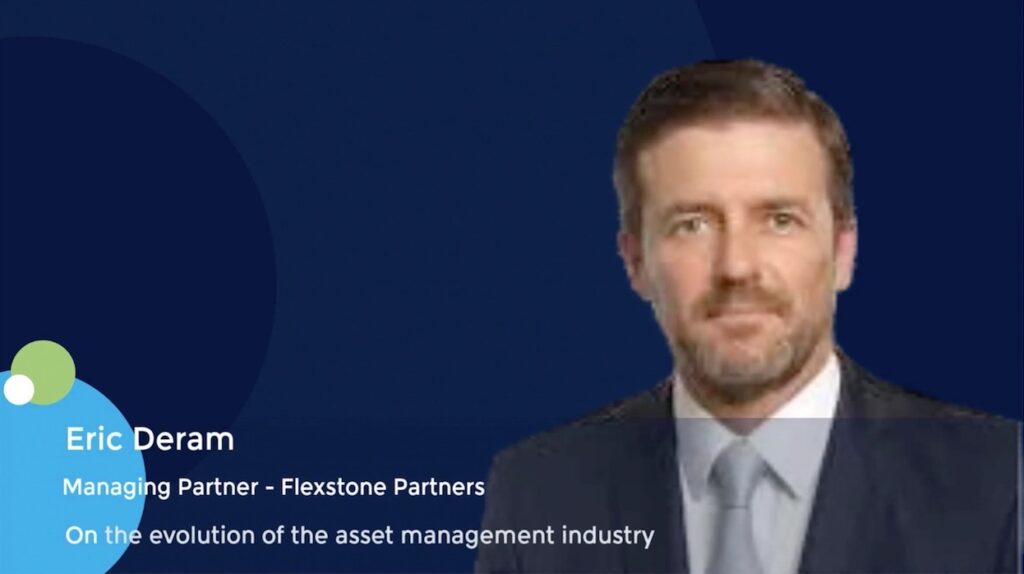European bank, fintech convergence spurs M&A interest as sponsors plot exits
Convergence between Europe’s banks and fintechs is moving into the centre stage as lenders start seeking out deals in the sector to improve their technology propositions.
Challenger banks and fintechs offering banking services with digital-first or app-based models have historically attracted limited interest from traditional banks.
There has been plenty of talk about European financial institutions buying tech-based challenger banks, neobanks and fintech firms over the years, according to Thomas Krecek, partner and co-head of Clifford Chance’s corporate practice for Europe.
But these transactions often don’t happen because the bid-ask spread can be too wide, he said.
However, there is both a growing demand among financial institutions for digital-first business models and a bulging pipeline of potential targets.
“European banks have deep pockets to absorb disruptors and add stability,” Krecek said.
At the same time, fintech unicorns that have built solid regulatory foundations will be thinking of initial public offerings (IPOs), with deals as a Plan B, he said.
Hyder Jumabhoy, Global Co-head of White & Case’s Financial Institutions Industry Group and EMEA Co-head of the firm’s Financial Services M&A Group, is tracking 26 challenger banks across Europe and the UK that want to IPO.
“They have a differentiated approach, but that’s still 26 banks, so you can’t rely only on IPOs,” Jumabhoy said.
It will be difficult for all the challenger banks with IPO aspirations to come to market at the same time, agreed Anurag Verma, senior managing director at Continuum Advisory Partners.
In many cases, IPOs should be seen as “one of the last options” for fintechs, Chistopher Sur, partner at PwC Germany, and global, EMEA, and Germany financial deals leader, concurred.
There are 114 potential listing candidates in the European financial services sector, according to this news service’s IPO Pipeline.
These include major names in the fintech space like Klarna and Revolut. Klarna has had a banking licence since 2017, while Revolut received one last year.
But with the IPO pipeline already clogged and many neobanks still some distance from the unicorn status sponsors and venture capital (VC) firms hoped they might reach, M&A is becoming “the only route”, Jumabhoy said.
Mergermarket’s analysis of acquisitions by banks of fintech companies in Europe, the Middle East and Africa (EMEA) since 2020 illustrates why rainmakers are adopting both positive and more circumspect stances.
While 1H25 aggregate deal values of just over EUR 1.1bn are significantly higher than any six-month period since 2022, the deal count has halved to four from eight year-on-year.
This implies a smaller number of larger bets from Europe’s banks as they seek to revolutionise their technology offerings.
Rather than taking a scattergun approach to buying tech, traditional lenders are becoming increasingly selective and making bigger plays on more developed companies.
“After the shock of a wave of fintechs entering the market, banks settled into three choices: buy, cooperate, or copy,” Sur said. Many larger lenders have been happy to sit back and rely on their scale and customer base, rather than chasing tech-focused growth, he added.
UniCredit appears to be taking a different approach.
Under the leadership of CEO Andrea Orcel, a storied investment banker, the Italian lender is leading the way on fintech convergence.
The Italian lender’s EUR 370m acquisition of Belgian digital lender Aion Bank and its Polish neobank partner Vodeno, completed in March 2025, means it “now has access to an innovative, scalable, and flexible cloud-based platform,” it said in a press release.
UniCredit’s approach is based on application programming interface (API) connectivity and smart contract tech integrated into a fully fledged bank.
This glimpse at UniCredit’s convergence playbook should provoke debate in bank boardrooms across Europe.
Incumbents tempted to acquire fintechs will have a sharp focus on developing a full understanding of the customer alongside software and workflows, Verma said.
“Getting the lending model right is also crucial,” Verma said.
Some neobanks have become “hoovers without a bag,” capturing clients with an unprofitable product then failing to retain or monetise them, he said.
Another risk to evaluate when combining a traditional lender and a fintech is around their appeal to different customer segments, Sur of PwC added.
“Customers went to a challenger, not a big bank – so would a takeover see client churn?” Sur said.
Sponsor appetite for bank deals
Another option for fintechs or neobanks looking for an exit route is to combine with other businesses owned by private equity (PE) or venture capital (VC)-backed peers.
“We are seeing sponsor-led rollups create platforms that can become bank divisions,” Krecek said, adding that this is “technically very challenging.”
Regulators have welcomed sponsor deals across Europe, Verma said, but he cautioned PE or VC investors “can’t rely on a secondary sale to another sponsor”.
Sur, at PwC, added that merging assets with a view to a fuller exit down the line may be an option, but fintech or neobank tie-ups “can only be a step in the queue – you still need a solution for the cap table”.
There are sponsor success stories, however – and even healthy signs of private equity acquisitiveness.
One notable example came in Portugal. Lone Star’s exit of Novo Banco in 1H25 single-handedly super-sized the country’s takeover stats for the year. France’s BPCE announced a takeover in mid-June with an equity value of EUR 6.4bn.
The PE had invested in the formerly distressed bank in 2017 for EUR 1bn and has made a significant profit on the turnaround.
Meanwhile, Advent’s acquisition of Bulgaria-based, south-eastern Europe-focused challenger tbi bank for an undisclosed sum demonstrates sponsors’ selective interest in acquisition opportunities.
Verma, who was a sellside adviser to vendor 4finance on the tbi bank transaction, noted suitor interest focused not only on tbi’s technology, but also its geographical focus in a part of Europe underserved by flexible lenders.
This even created an environmental, social and governance (ESG) angle for potential buyers.
While tbi had shifted from a more traditional lending-led model to evolve into an ecosystem player, it also relied on self-generated capital and did not draw capital from its corporate parent, Verma noted.
Larger banks struggle to maintain the level of investment needed to innovate via technology as they are often firefighting with legacy platforms, Verma argued.
Cybersecurity, fraud prevention, managing credit risk and other service provision into the bank industry will be key vectors of deal growth, he added.
Legacy lenders and sponsors alike still see the allure in fintech. Challenger banks, fintechs and neobanks with unique propositions will easily find takers.
Yet exit headaches remain for a pipeline of private equity and VC-backed players that may need to scale up via their own mergers before enticing larger banks to bite.












